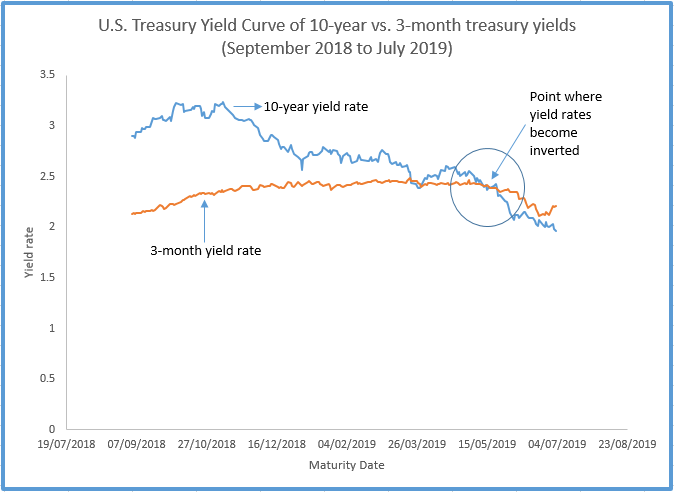3 Out Of 4 Economists Predict A U.s. Recession By 2021, Survey ...
The COVID-19 pandemic will slow development for the next several years. There are other long-lasting trends that also impact the economy. From extreme weather to rising healthcare costs and the federal debt, here's how all of these trends will affect you. In simply a few months, the COVID-19 pandemic decimated the U.S.
In the very first quarter of 2020, development decreased by 5%. In the 2nd quarter, it plummeted by 31. 4%, however then rebounded in the third quarter to 33. 4%. In April, throughout the http://keeganhppz697.image-perth.org/1-no-one-saw-this-coming-understanding-financial-crisis height of the pandemic, retail sales dropped 16. 4% as governors closed excessive companies. Furloughed workers sent out the variety of jobless to 23 million that month.
7 million. The Congressional Budget Office (CBO) predicts a modified U-shaped recovery. The Congressional Budget Office (CBO) predicted the third-quarter data would enhance, but insufficient to offset earlier losses. The economy will not return to its pre-pandemic level till the middle of 2022, the company projections. Sadly, the CBO was right.
4%, however it still was insufficient to recover the previous decline in Q2. On Oct. 1, 2020, the U.S. debt exceeded $27 trillion. The COVID-19 pandemic contributed to the debt with the CARES Act and lower tax revenues. The U.S. debt-to-gross domestic item ratio increased to 127% by the end of Q3that's much higher than the 77% tipping point suggested by the International Monetary Fund.
1 “No One Saw This Coming” Understanding Financial Crisis ...
Greater rate of interest would increase the interest payments on the financial obligation. That's unlikely as long as the U.S. economy remains in economic downturn. The Federal Reserve will keep interest rates low to spur growth. Disagreements over how to reduce the financial obligation may translate into a financial obligation crisis if the financial obligation ceiling needs to be raised.
Social Security spends for itself, and Medicare partly does, at least in the meantime. As Washington battles with the very best way to deal with the debt, unpredictability arises over tax rates, benefits, and federal programs. Businesses respond to this uncertainty by hoarding cash, hiring temporary instead Helpful hints of full-time workers, and postponing major investments.
It might cost the U.S. federal government as much as $112 billion per year, according to a report by the U.S. Government Accountability Workplace (GAO). The Federal Reserve has cautioned that environment change threatens the monetary system. Extreme weather is forcing farms, energies, and other business to next financial crisis state personal bankruptcy. As those debtors go under, it will damage banks' balance sheets simply like subprime home loans did during Have a peek at this website the monetary crisis.
 The Global Financial Crisis ...sciencedirect.com
The Global Financial Crisis ...sciencedirect.com
Munich Re, the world's largest reinsurance company, warned that insurance coverage firms will need to raise premiums to cover higher costs from severe weather condition. That might make insurance too expensive for a lot of people. Over the next few years, temperatures are expected to increase by between 2 and 4 degrees Fahrenheit. Warmer summertimes imply more harmful wildfires.
More Than 70% Of Economists Think A Us Recession Will Strike ...
Greater temperature levels have even pushed the dry western Plains region 140 miles eastward. As an outcome, farmers utilized to growing corn will have to change to hardier wheat. A shorter winter season indicates that lots of bugs, such as the pine bark beetle, do not pass away off in the winter. The U.S. Forest Service approximates that 100,000 beetle-infested trees could fall daily over the next 10 years.
Dry spells exterminate crops and raise beef, nut, and fruit costs. Countless asthma and allergic reaction victims must pay for increased healthcare expenses. Longer summertimes lengthen the allergic reaction season. In some locations, the pollen season is now 25 days longer than in 1995. Pollen counts are projected to more than double between 2000 and 2040.